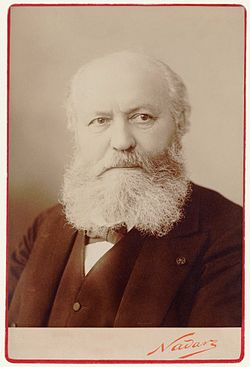
Saint Francois d'Assise is an oratorio from 1891 by Charles Gounod. [1] The oratorio was considered lost until a manuscript was discovered in a convent in Auvers-sur-Oise. [2]

Saint Francois d'Assise is an oratorio from 1891 by Charles Gounod. [1] The oratorio was considered lost until a manuscript was discovered in a convent in Auvers-sur-Oise. [2]